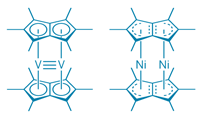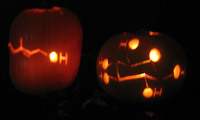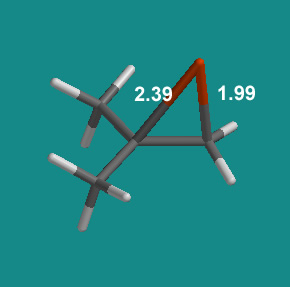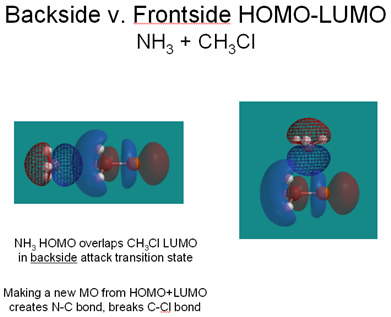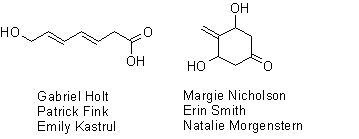Today’s lecture tried to tie Huckel’s rule to a number of topics, including:
- aromatic character, a more nuanced way of talking about aromaticity
- charge distributions and geometry
- evaluation of “minor” resonance structures
- molecular orbital theory
You can see all of the slides that were used here. I also remarked on the connection between various sources of polycyclic aromatic hydrocarbons (especially benzopyrene) and various sources of cancer. Here are some links that I found interesting:
- benzopyrene – nice summary of chemical and biological phenomena including cancer discussion
- In a Puff of Smoke – a site created by the Chemical Heritage Foundation for teachers (at what level? high school maybe?) that explores the science behind tobacco and other causes of cancer. Some facts that I discovered: U.S. per capita consumption of cigarettes rose from 94 per year in 1910 to 2,558 per year in 1940 (that’s per capita and since some people don’t smoke at all, consumption by smokers was actually much higher). Actually, there’s plenty of information here that I didn’t know.
- Percivall Pott – the doctor who was the first to suggest a link between chimney soot and cancer

